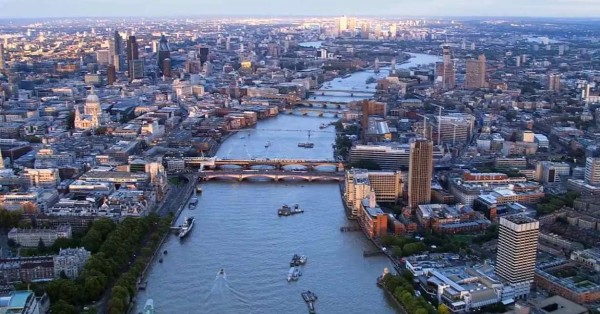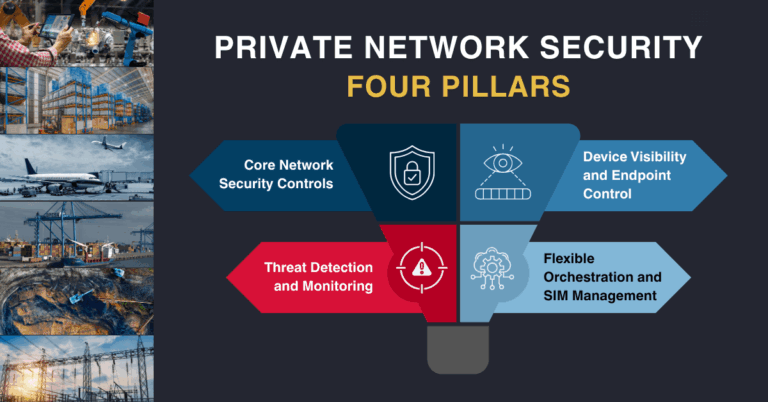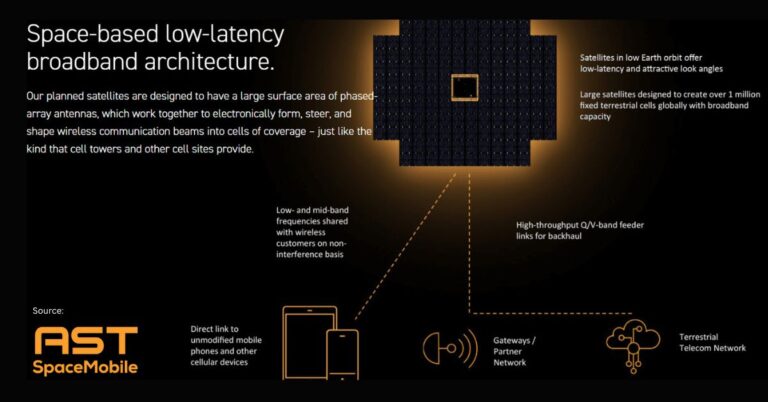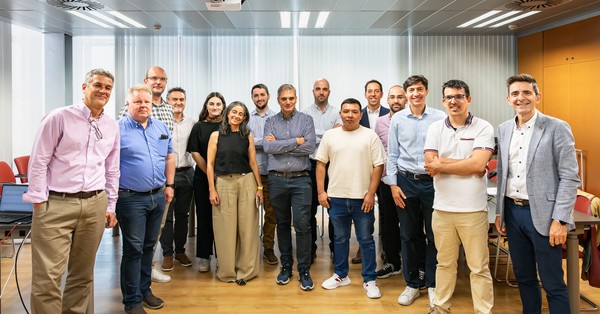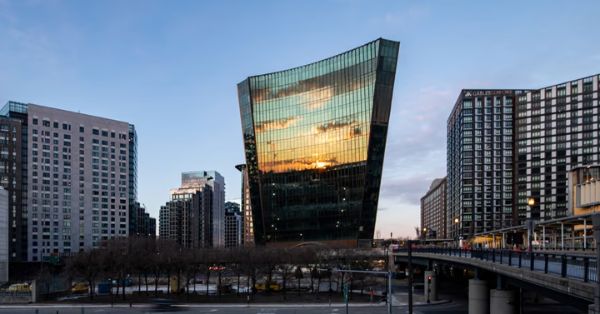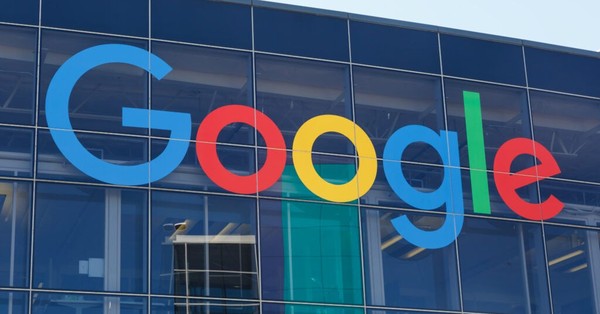Transforming Thames Freeport with Verizon and Nokia’s Private 5G Rollout
Verizon Business, in partnership with Nokia, will deploy six Private 5G Networks across industrial and logistics campuses at the Thames Freeport. This includes the Port of Tilbury, London Gateway, and Ford’s Dagenham plant, forming a digital backbone for one of the UK’s busiest maritime trade zones.
The project supports Thames Freeport’s mission as a designated UK Free Trade Zone, to stimulate economic growth, attract investment, and create over 5,000 skilled jobs by 2030. This next-gen connectivity deployment will enable real-time logistics orchestration, AI-powered analytics, and autonomous vehicle operations across 1,700 acres of industrial real estate.
Connectivity and Infrastructure Hurdles Facing Thames Freeport
Reviving and modernizing a 1,700-acre industrial and maritime corridor is no easy feat. Thames Freeport faced complex hurdles:
- Outdated connectivity infrastructure unsuited for real-time systems
- High latency and coverage gaps across large, mixed-use sites
- A growing need for IoT and Edge Computing integration
- Pressure to reduce emissions and enhance trade efficiency
- Stakeholder diversity across public, private, and community sectors
A unified, resilient, and scalable private wireless platform was essential to meet these needs.
6-Site Private 5G Network Strategy Across Key Freeport Zones
Verizon Business and Nokia will deploy six high-performance Private 5G Networks across three strategic Thames Freeport sites:
- Port of Tilbury: Two networks will support the UK’s largest mixed-use port, handling 16M+ tonnes of cargo annually across 31 terminals.
- London Gateway / DP World: Two networks will cover the deep-water terminal and 9.25M sq. ft. logistics park.
- Ford Dagenham: One network for the capital’s largest manufacturing site.
- Redundant Core: A sixth synchronized geo-redundant 5G core spans all sites to ensure failover and reliability.
The networks will run entirely on 5G, utilizing the 3.8–4.2 GHz spectrum, with no LTE fallback or Wi-Fi integration, ensuring full future readiness.
Key Stats on Thames Freeport’s Private 5G Transformation
Key stats and features of the initiative:
- 1,400 jobs created to date; 5,000 targeted by 2030
- 80 private 5G radios installed across 1,700 acres
- AI and IoT enabling predictive maintenance, emissions monitoring, and autonomous cranes/vehicles
- Real-time coordination across rail, ship, and ground logistics
- Edge Computing and environmental diagnostics for sustainability targets
The project is a continuation of Verizon’s European private 5G leadership, following its earlier deployment at the Port of Southampton.
Nokia’s Industrial 5G Tech Stack for Maritime Digitization
Nokia is providing its full industrial connectivity suite:
- Digital Automation Cloud (DAC) for private 5G core
- MX Industrial Edge (MXIE) for localized data processing
- Industrial-grade 5G radios for dense site coverage
- Geo-redundant infrastructure for high availability
All data remains under local control by Thames Freeport and its tenant-shareholder organizations, ensuring both sovereignty and scalability.
How Private 5G Enables AI, IoT, and Job Creation at Thames Freeport
Verizon’s private 5G deployment delivers:
- Autonomous yard tractors and quay crane automation
- Real-time tracking and routing for cargo logistics
- AI-driven safety and emissions monitoring
- Edge analytics for operational optimization
- R&D environment for testing new use cases
- Community uplift via reskilling and job creation
It’s a comprehensive transformation blueprint—from ports to people.
Why Thames Freeport is a Model for Smart Industrial Corridors
This is among the largest Private 5G rollouts in a European industrial corridor. With 1,700 acres digitized across London’s most strategic trade sites, the project showcases how private wireless can modernize not just operations but entire communities.
Verizon Business and Nokia are setting a high bar for future infrastructure partnerships, proving that smart connectivity is a cornerstone of economic development.
Verizon’s Leadership in Industrial 5G and Port Digitization
Verizon Business leads the design, deployment, and strategic implementation. Its SVP of 5G Acceleration, Jennifer Artley, shared:
“This is not about yesterday’s tech for tomorrow’s transformation. We’re laying a flexible foundation that fuels new use cases, revenue streams, and community development.”
Verizon’s deep expertise in port and logistics networks, including previous wins at the Port of Southampton, gives it a distinct advantage in this high-stakes project.
Role of Nokia and Tenant Stakeholders in Private 5G Execution
Nokia is the exclusive tech provider:
- Radios, software, and edge compute
- Core networks with geo-redundancy
- Potential for app-layer development on MXIE in future phases
Thames Freeport and its shareholder tenants—Ford, DP World, and Forth Ports—retain operational oversight and drive use-case development.
Deployment Timeline and Project Progress at Thames Freeport
The deal was finalized in Q2 2025 after a competitive bid process. Site prep and early deployments are underway, with initial use cases focused on automation, logistics tracking, and AI analytics.
Boots are on the ground. Momentum is building.
- 2023: Tendering and planning discussions
- Q2 2025: Contract awarded; deployment begins
- Late 2025: Full rollout across 6 networks
- 2030: Target milestones—5,000 jobs, full digitalization, operational ROI
The project will evolve with the region’s needs, including expanding application layers over time.
Executive Support for 5G-Powered Freeport Development
“Connectivity is the backbone of our mission,” said Martin Whiteley, CEO, Thames Freeport. “This isn’t an upgrade—it’s the enabler of our entire vision for job creation, innovation, and trade.”
David de Lancellotti, VP at Nokia, added: “This is a landmark example of how Private Wireless and Edge can transform industrial operations at scale.”
Thames Freeport’s 5G Blueprint for Smart, Sustainable Growth
Verizon Business and Nokia have secured a milestone contract to turn Thames Freeport into one of Europe’s most connected commercial corridors. With Private 5G, AI, IoT, and Edge Computing working together across 1,700 acres, the Thames Estuary is poised to be a model for digital infrastructure, economic renewal, and industrial innovation.



